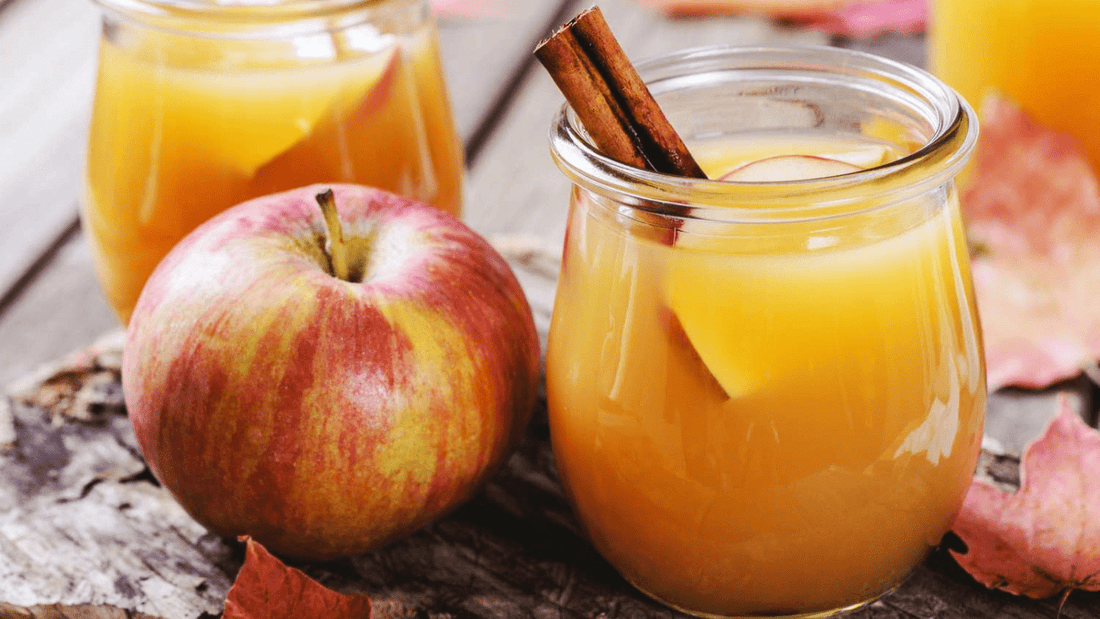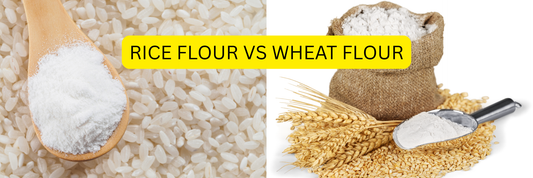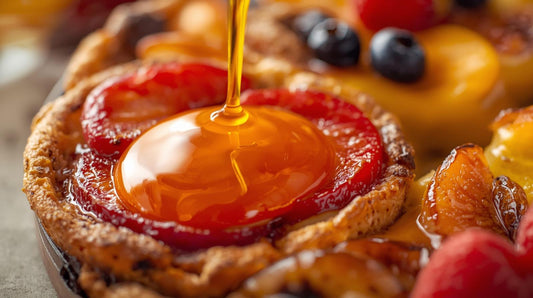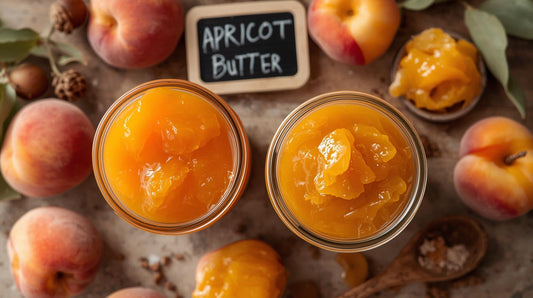Apple cider is more than just a fall favorite, it’s a craft beverage that connects flavor, tradition, and creativity. Whether you’re a home brewer or a café owner, learning how to make apple cider gives you full control over taste and quality.
This guide walks you through every step of the cider-making process from choosing the right apples to bottling and shares eco-friendly serving ideas using compostable paper cups perfect for cafés and bakeries.
What Is Apple Cider?
Apple cider is a non-alcoholic beverage made from freshly pressed apples. It is typically unfiltered and may contain bits of apple pulp, giving it a cloudy appearance. While delicious when served cold, apple cider can also be heated and spiced with cinnamon for a warm, cozy drink. Additionally, apple cider can be fermented to produce hard cider.

Apple Cider vs. Apple Juice
Here is a comparison between apple cider and apple juice:
| Feature | Apple Cider | Apple Juice |
|---|---|---|
| Production | Made from freshly pressed apples | Made from filtered and pasteurized juice |
| Pulp Content | May contain bits of apple pulp | Does not contain pulp |
| Appearance | Typically unfiltered and cloudy | Clear and transparent |
| Serving Method | Often served hot and spiced | Usually served cold |
| Taste | Sweet and tangy | Sweeter |
Apple Cider and Apple Juice: What’s the Real Difference?
Apple Cider vs Apple Cider Vinegar Explained: Taste, Benefits, and Uses

What You’ll Need to Make Apple Cider
Ingredients:
- 5-6 gallons fresh apple juice
- Sugar (optional, for sweetening)
- Cider yeast or champagne yeast
- Campden tablets (optional, for sterilization)
- Yeast nutrient (optional)
Equipment:
- Primary fermenter (food-grade plastic bucket or glass carboy)
- Airlock and bung
- Hydrometer (for measuring specific gravity)
- Sanitizer (e.g., Star San)
- Siphon tubing
- Bottles and caps/corks
- Bottle capper or corker
- Funnel
How to Make Apple Cider Step-by-Step
Step 1: Juice Selection
- Fresh Juice: Use freshly pressed apple juice for the best flavor. If using store-bought juice, ensure it has no preservatives.
- Apple Varieties: A blend of sweet, tart, and aromatic apples yields the best results. Popular choices include Granny Smith, Honeycrisp, and Gala.
Step 2: Sterilization
- Sanitize Equipment: Thoroughly clean and sanitize all equipment to prevent contamination.
- Sterilize Juice (optional): Add Campden tablets (one per gallon) to the juice and let it sit for 24 hours to kill any wild yeasts and bacteria.
Step 3: Primary Fermentation
- Transfer Juice: Pour the apple juice into the primary fermenter using a funnel.
- Check Specific Gravity: Use a hydrometer to measure the starting specific gravity (SG). The ideal SG is around 1.050-1.060.
- Add Yeast: Sprinkle yeast over the surface of the juice. Add yeast nutrients if using.
- Fermentation Setup: Attach the airlock and bung to the fermenter. Store in a cool, dark place (60-75°F).
Step 4: Fermentation Monitoring
- Signs of Fermentation: Bubbles in the airlock and froth on the surface.
- Duration: 1-2 weeks, depending on temperature and yeast activity.
- Completion: Fermentation is done when bubbling stops and specific gravity stabilizes around 1.000 or lower.
Step 5: Racking
- Use sanitized siphon tubing to transfer the cider from the primary fermenter to a secondary fermenter, leaving sediment behind.
- Attach an airlock to the secondary fermenter.
Step 6: Secondary Fermentation
- Duration: Several weeks to months, depending on desired flavor and clarity.
- Storage: Keep in a cool, dark place.
Step 7: Sweetening (Optional)
- Back Sweetening: Add sugar or apple juice concentrate to taste.
- Prevent Fermentation: Add potassium sorbate to prevent renewed fermentation.
Step 8: Bottling
- Sanitize Bottles: Clean and sanitize bottles, caps, or corks.
- Siphon: Carefully siphon cider into bottles, leaving about an inch of headspace.
- Seal: Cap or cork the bottles.
- For Sparkling Cider: Add priming sugar (1 teaspoon per bottle) before sealing.
Step 9: Conditioning
- Aging: Store bottles in a dark, cool place for at least a few weeks to allow flavors to mature.
- Carbonation Check: If priming sugar was added, check carbonation after 1-2 weeks.
Common Cider-Making Troubles
| Issue | Likely Cause | Solution |
|---|---|---|
| Fermentation won’t start | Juice contains preservatives or temperature too low | Use fresh juice, warm slightly to 20°C |
| Cider tastes too dry | Yeast fully consumed sugars | Back-sweeten with sugar or apple juice concentrate |
| Cloudy cider | Yeast still suspended | Age longer or use a fining agent (e.g., gelatin) |
| Off-flavors | Contamination or high temperature | Sanitize better and maintain cooler fermentation |
Apple Cider Recipes
Basic Hard Cider Recipe
Ingredients:
- 5 gallons fresh apple juice
- 1 packet cider yeast or champagne yeast
- 5 Campden tablets (optional)
- Yeast nutrient (optional)
Instructions:
- Sanitize all equipment.
- Pour apple juice into the fermenter.
- Add Campden tablets (if using) and wait 24 hours.
- Sprinkle yeast and add yeast nutrients (if using).
- Attach airlock and ferment for 1-2 weeks.
- Rack into a secondary fermenter and age for several weeks to months.
- Bottle, cap, and condition for at least two weeks before drinking.
Sweet Cider Recipe
- Follow the basic hard cider recipe.
- After secondary fermentation, add sugar syrup (1 cup sugar dissolved in 1 cup water) to taste.
- Add potassium sorbate to prevent fermentation of added sugar.
- Bottle and condition as per the basic recipe.
Hot Apple Cider
Ingredients:
- 10 apples
- 1/2 to 1 cup of sugar
- 4 Tablespoons cinnamon
- 4 Tablespoons allspice
- 16 cups water
- 1/2 cup caramel sauce (optional)
Instructions:
- Quarter apples and remove the core.
- In a large pot, add apple slices and water.
- Add spices and sugar, then simmer for two hours.
- Strain through a fine-mesh sieve.
- Add caramel sauce for caramel apple cider.
- Serve warm.

FAQs about Apple Cider
Can I make apple cider without yeast?
Yes. You can rely on wild fermentation or add sugar for natural yeast activation.
How long does homemade cider last?
Unpasteurized cider lasts 7–10 days refrigerated, longer if pasteurized or fermented.
Can I use apple cider in baked goods?
Absolutely. Apple cider adds flavor to cakes, donuts, and glazes.
Is apple cider the same as hard cider?
Not quite. Regular apple cider is non-alcoholic, while hard cider has been fermented with yeast to produce alcohol.
Can I make cider without special equipment?
Yes! You can use a large pot, fine strainer, and bottles with tight lids though fermentation tools help with consistency.
How long does homemade cider last?
Fresh cider lasts about a week in the fridge. Hard cider, once bottled, can keep for several months if stored properly.
What’s the best way to serve apple cider in a café?
Warm apple cider in compostable cups with branded sleeves or eco-friendly lids ideal for cozy, seasonal promotions.
Is apple cider healthier than soda?
Generally yes, since cider contains natural fruit sugars and no artificial additives especially when made fresh.
Conclusion
Making apple cider is a rewarding process that combines patience, creativity, and craftsmanship. Whether you prefer it sparkling, sweet, or warm and spiced, each batch can be tailored to your unique taste and style.
If you serve cider at your café or market stall, present it sustainably because great beverages deserve equally thoughtful packaging.







